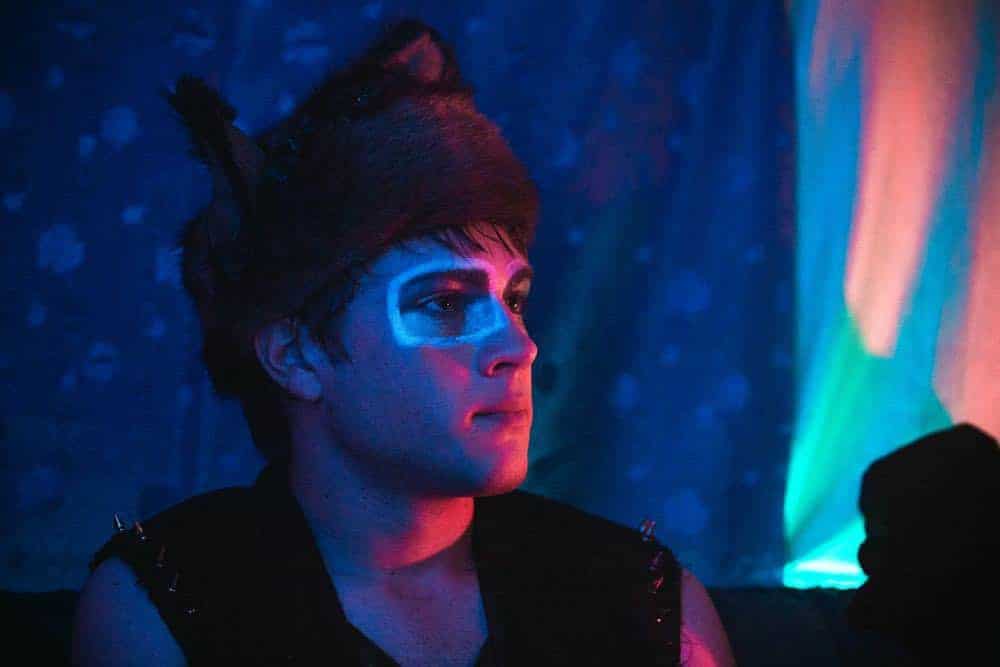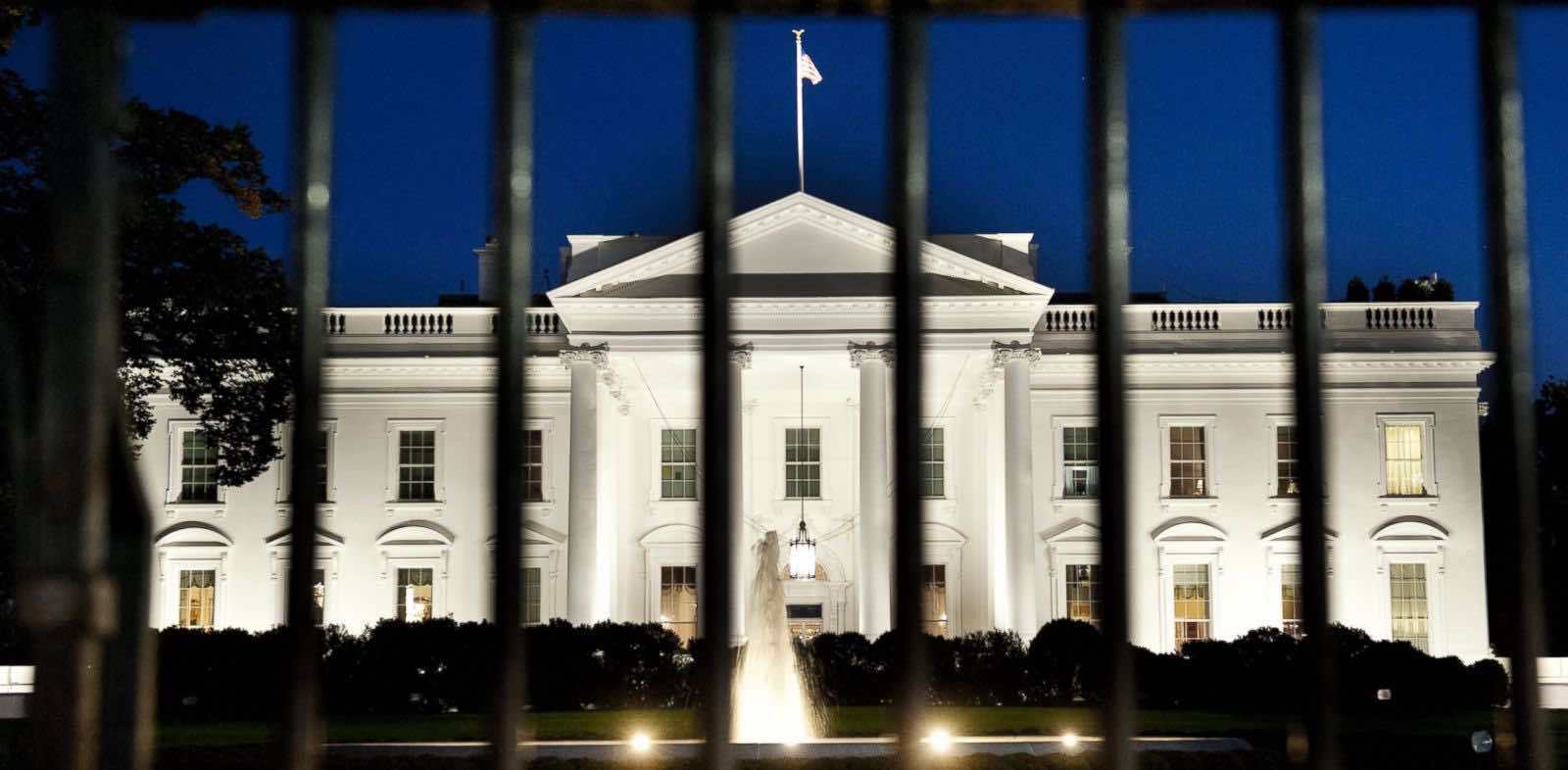Editor-in-Chief Alex Heeney talked to Stephen Dunn about his directorial debut Closet Monster:why he wanted to tell this story, its magical realist elements, and how he got us inside Oscar’s head.
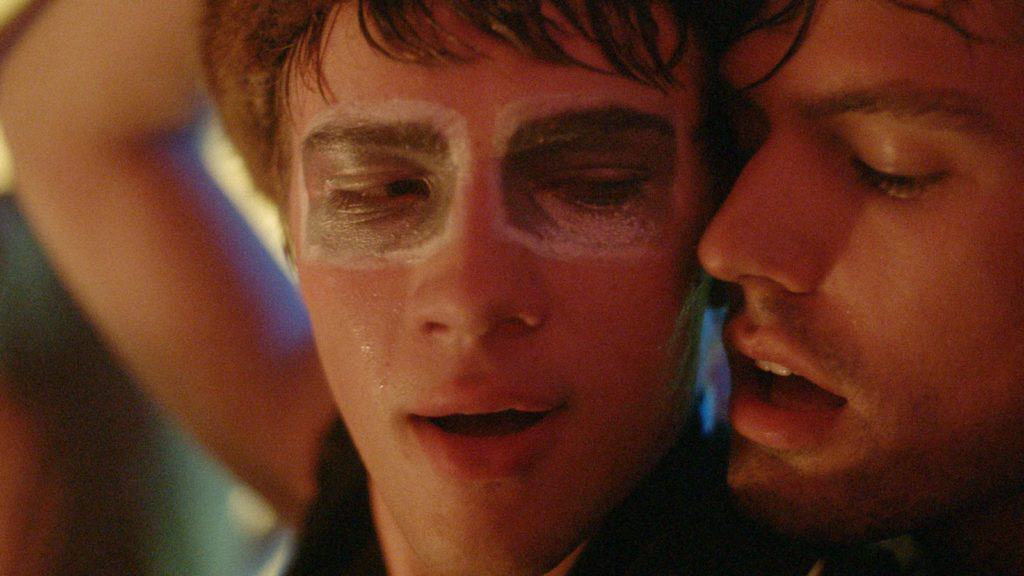
When Stephen Dunn’s directorial debut, Closet Monster, premiered at the Toronto International Film Festival last year, it picked up the award for Best Canadian Feature at the festival. A few months later, it was selected as one of Canada’s Top Ten films of 2015 before making the rounds at LGBT film festivals this year. Now, it’s finally opening in the U.S., almost a year after its world premiere.
Set in St. John’s Newfoundland, the film tells the story of high school senior Oscar (Connor Jessup), who dreams of moving to New York City to be a makeup artist in film. Although he’s never responded positively to his female best friend’s sexual advances, he has trouble coming to terms with his own sexuality, scarred since childhood from witnessing a hate crime. The film tells the story of his sexual awakening and self-actualization, as he struggles to deal with his broken family, helped by his trusty hamster (voiced by Isabella Rosselini).
When Closet Monster screened at Frameline, San Francisco’s LGBTQ Film Festival, I talked to Dunn about internalized homophobia, magical realism, and how he got us inside Oscar’s head.
Seventh Row (7R): What made you want to make Closet Monster?
Stephen Dunn: It’s a very personal film. I wanted to make a film about internalized homophobia, which I feel is something that’s very hard to articulate for a lot of gay men. Internalized homophobia is something that you don’t fully even understand when you’re experiencing it yourself. I suffered from that for a long time. I dealt with a lot of self-hatred when I was growing up. I went to school with an ulcer every day because I was so afraid. I didn’t even know. I wanted to make a film about overcoming that.
I had the idea of an image of Oscar pulling a hate crime weapon out of his stomach as a way of releasing himself from fear. The whole idea of the film centered around that one image, of physically removing fear from the body as a way of overcoming it.
I remember when I first came out, that feeling of exhaustion and pain, like ripping off a really horrible bandaid on a really hairy part of your skin. It felt painful to come out. But after I did it, I felt so empowered. But it was like literally ripping a part of myself out of my body. I wanted to make a film about that one image and tell it in a surreal body horror, magic realist kind of way. That’s my film language that I’ve always worked with in my shorts and writing.
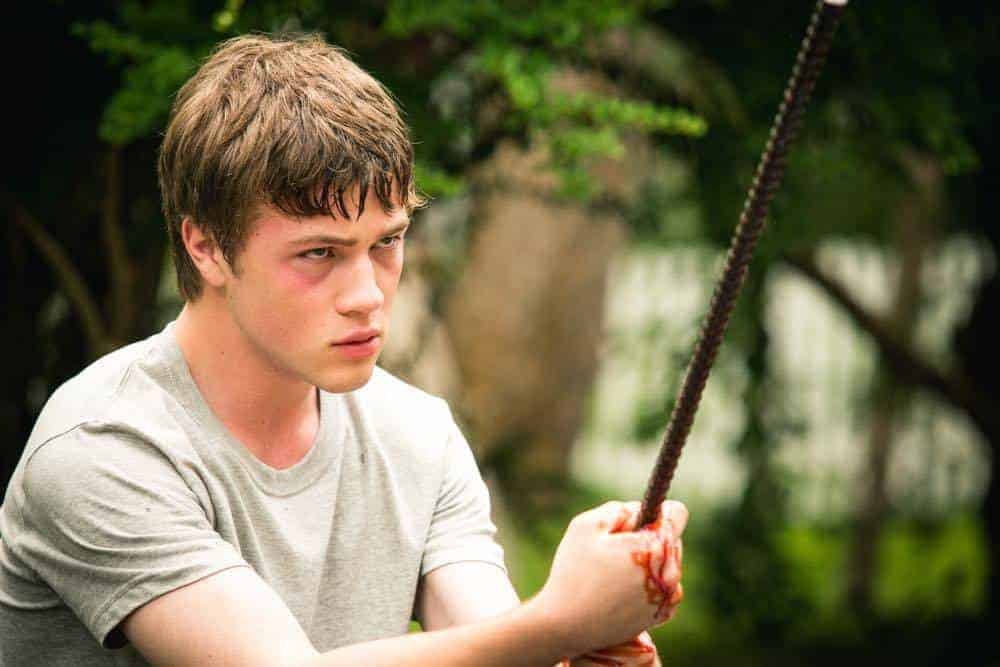
7R: There’s the traumatic hate crime, involving a metal rod, that he witnesses at the beginning. Rods also show up throughou the film: Oscar has a job at the hardware store, and you can see dowels popping up now and then. How did you think about where and how to place those reminders and images throughout?
Stephen Dunn: The hate crime was actually inspired by a series of real crimes that happened in my home town where I was growing up. They had a really strong impact on the whole community. It was all very shocking. Especially as a young gay kid, it was really traumatizing. I didn’t even know I was gay. I just knew I was different.
The score is composed of metal, and it’s flipped backwards, slowed down, and sped up. It’s manipulated in many different ways and stretched around to echo the haunting of this crime.
For Oscar, I wanted to have reminders of this crime throughout the film and throughout his adolescence that will appear when he’s motivated by his sexuality. They’re also just a texture of his world. He works in a hardware store where he’s surrounded by masculine machismo motifs and plenty of metal. One of the things he bonds with his father over is building a treehouse, using these materials that then catapult him into adulthood where he’s supressed his sexuality.
In the electronic score created by Todor Kobakov, it was really important for me to include metallic sounds throughout. You may not even notice it on first watch. The score is composed of metal, and it’s flipped backwards, slowed down, and sped up. It’s manipulated in many different ways and stretched around to echo the haunting of this crime and the impact it had on Oscar on many different levels.
7R: How did you think about getting us into Oscar’s head, a subjective perspective?
Stephen Dunn: We have many moments of fantasy and magic realism that are all told through Oscar’s imagination or memory. So we wanted to be as intimate as we could with all of these sound design elements. We used metal throughout the score, but we also have a very spirited soundtrack, motivated by the music Oscar is listening to.
We’re looking at growing up through his lens and his own macabre queerness perspective.
A big part of this subjectivity was not just sound design but macro-photography and slow motion. Using these kinds of tools to get into his mindset and focus on little things. In the beginning of the film, when we’re shooting young Oscar, we also got into his perspective by shooting with the camera low, from little Oscar’s perspective, as a way of keeping us with him and watching the film through his eyes. That’s what we’re doing with him as a child and with teenage Oscar. We’re looking at growing up through his lens and his own macabre queerness perspective.
I’m from Newfoundland, and the film is set in Newfoundland, which is a very Irish, East Coast province in Canada, known for the fiddle. It was very important for me to tell a modern story about modern St. John’s. I wanted to show the modern aspects of the culture with the electronic score and soundtrack.
7R: There are these two great montages in the film. The first is when Oscar is heading towards the party and the party itself. The second is at the end. How did you think about putting these together?
Stephen Dunn: I write to music. Music is a very important part of my process. A lot of the songs featured in the film were written into the script in the draft stage. I sometimes work backwards and start with music and then write to it.
The film was inspired by real St. John’s parties. This is really what the parties are like, really colourful and quirky and fun. I wanted to draw from the real texture of the community, but heighten it and tell it through Oscar’s perspective. This is the first real party like this that he’s been to, [and] the first time he’s done MDMA. He’s going to do drugs and have his first sexual experience. I wanted to capture the electricity of what it’s like to be young and have all of those firsts, all in one night, going outside your comfort zone. It needed to be the most exotic imagery in the whole film. It’s such an important long sequence in the film. It had to be beautiful and scary.
This film isn’t about a search for love. This film is about self-actualization, about Oscar learning to love himself not learning to love some hot guy.
The final montage, which turned out exactly as I’d written it: he’s puling the rod out of his stomach, about to attack his father, and he’s flashing through these memories of his childhood and the sadness he has to let go of. That was what the whole film was based on, working backwards from this sequence. I wrote it to this classical minimalist track, called “Transform” by Michael Gordon. The music really builds a foundation for me to tell the story.
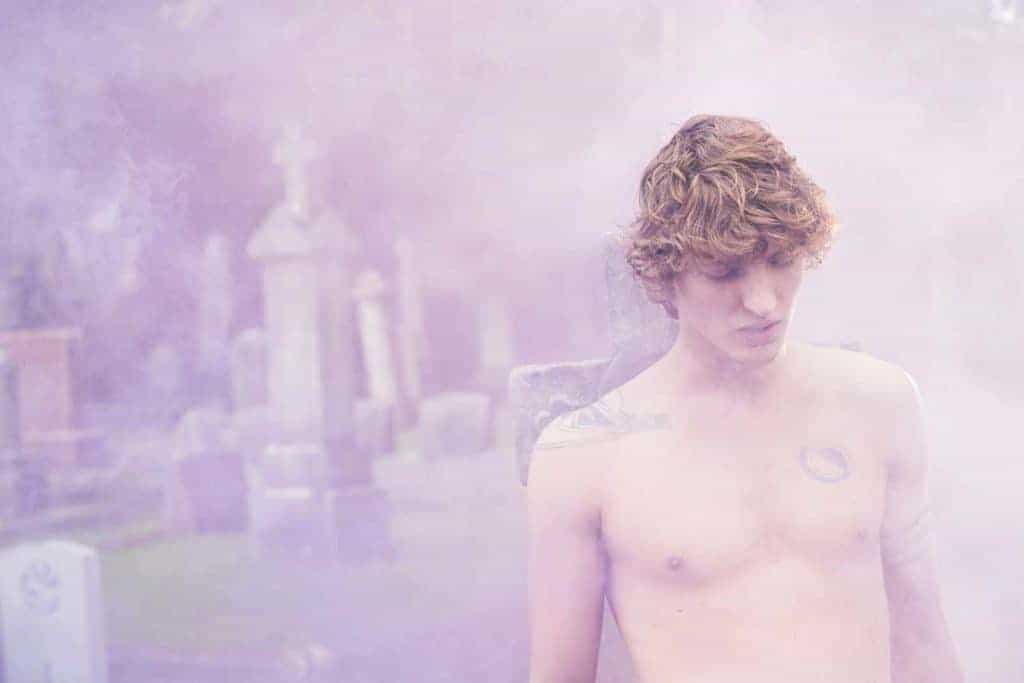
7R: How did you think of the scene that follows the party, between the two boys sharing a kiss, as magical realism? How did you think about mixing the very heightened imagery with the much more grounded, modest imagery?
Stephen Dunn: In that scene, Wilder gives Oscar this opportunity, this gift of, like, “My sexuality isn’t even clear, and that doesn’t matter. Do you want to kiss?” He’s so everything in that moment that Oscar isn’t: he’s so confident and stable and sexually liberal. And he gives Oscar this opportunity, which ends up being very meaningful to him.
Oscar says his stomach is burning and on fire, and Wilder feeds him this water. There’s this singeing sound of water being poured on burning ashes —the sound effect we used — as it’s being poured into his mouth. We allowed that fire sound to bleed into the crushing waterfall sounds. So I wanted that cooling sensation to transpire to a rush of blood through his body. I remember that paralyzing feeling of having your first kiss. It’s not even about who it’s with. It’s just doing it for the first time. It never feels as special as that.
This film isn’t about a search for love. That’s the last time we ever see Wilder, and then he leaves. This isn’t a film about them. This film is about self-actualization, about Oscar learning to love himself not learning to love some hot guy.
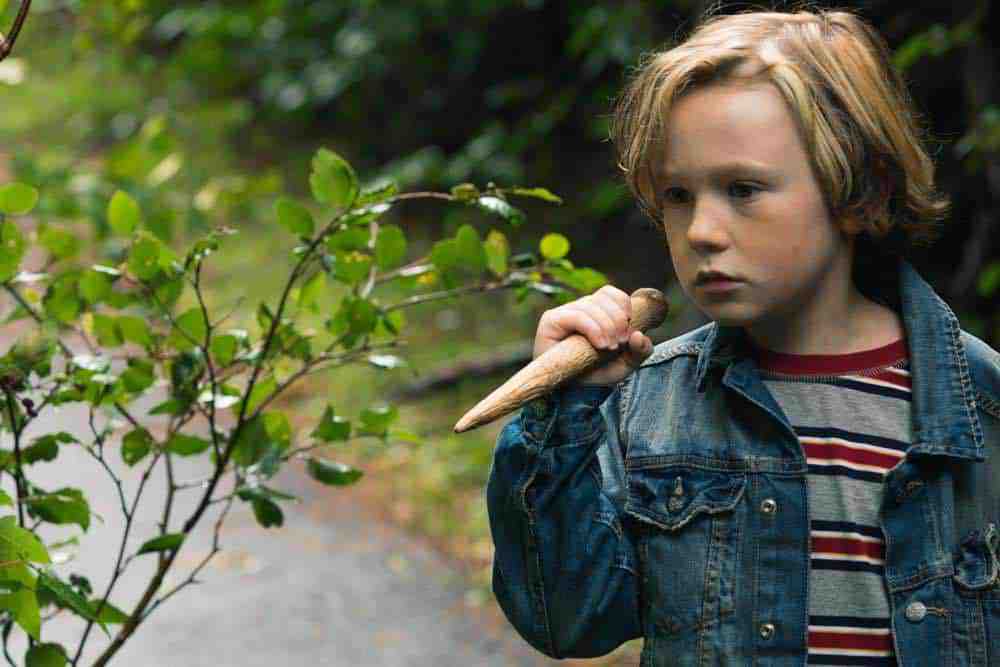
7R: How did you get Isabella Rossellini on board as the voice of Buffy the Hamster?
Stephen Dunn: I was so fortunate to be able to also work with Isabella Rossellini on this, who is a huge fucking hero of mine. I am so inspired by her. Blue Velvet is one of my favourite movies of all time. Green Porno inspired me to make my own series called Pop-Up Porno. Hers is about the sexual reproduction of animals, and mine is about online dating sexual experiences told through pornographic pop-up books.
Originally, the hamster voice was written in the script to be Siri, like the iPhone robot voice, which was really funny. But the maternal nature that Buffy represented wasn’t coming across. I wasn’t getting the intimacy. In one of the episodes of Green Porno, [Rossellini] actually plays a hamster. I was like, “Oh my God! That’s it! Isabella!”
My producers had worked with her [Isabella Rossellini] before. They produced Guy Madden’s The Saddest Music in the World and Denis Villeneuve’s Enemy, so I knew that they knew her. I brazenly went into their office and pitched this, thinking they were just going to laugh me out of the office. But they didn’t. They really loved the idea. So they called Isabella and sent her the film. At that point, we had no money. But she agreed right away. I couldn’t believe it. She was just like, “Of course I will play the hamster.” She joked that it was the role she was waiting to play her whole life.
Keep reading about great queer cinema…

Call Me by Your Name
Read Call Me by Your Name: A Special Issue, a collection of essays through which you can relive Luca Guadagnino’s swoon-worthy summer tale.
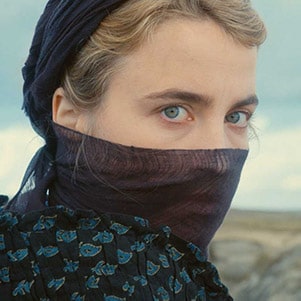
Portrait of a Lady on Fire
Read our ebook Portraits of resistance: The cinema of Céline Sciamma, the first book ever written about Sciamma.
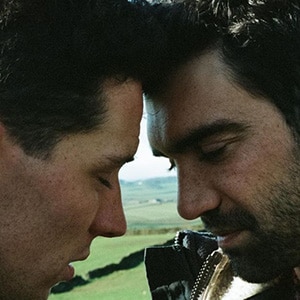
God’s Own Country
Read God’s Own Country: A Special Issue, the ultimate ebook companion to this gorgeous love story.
